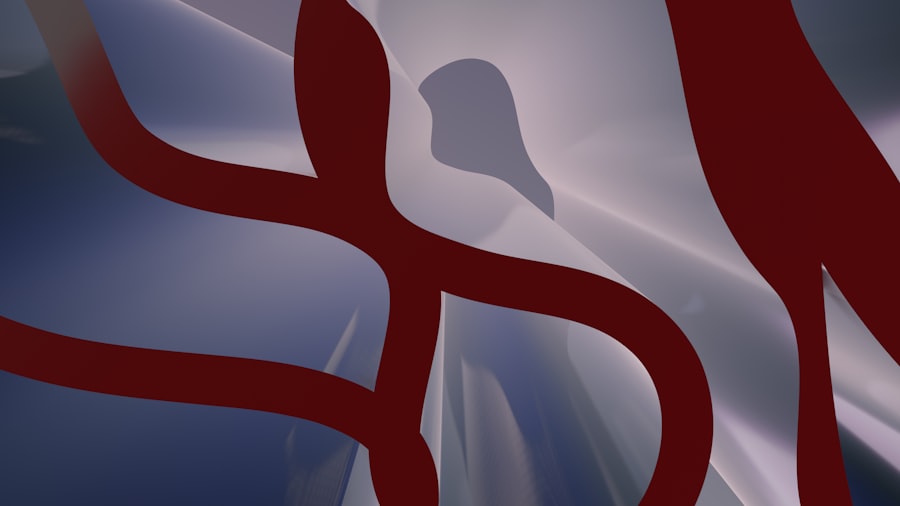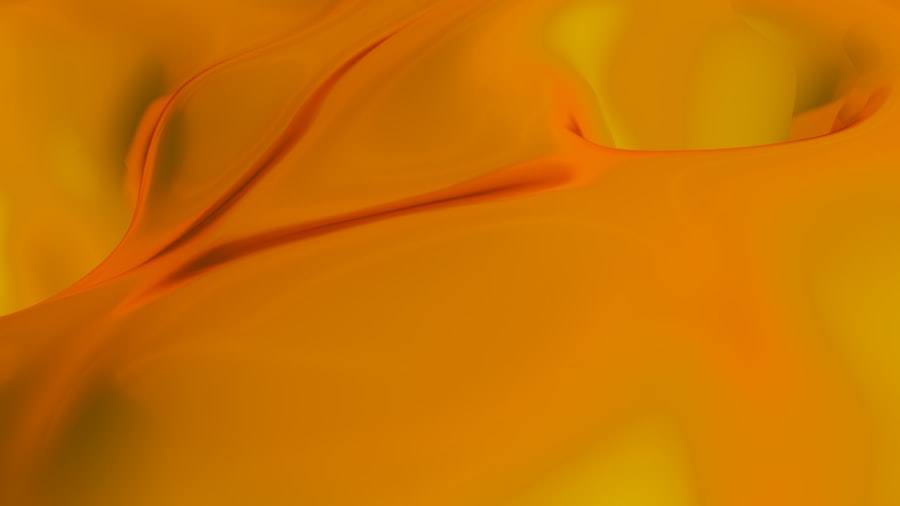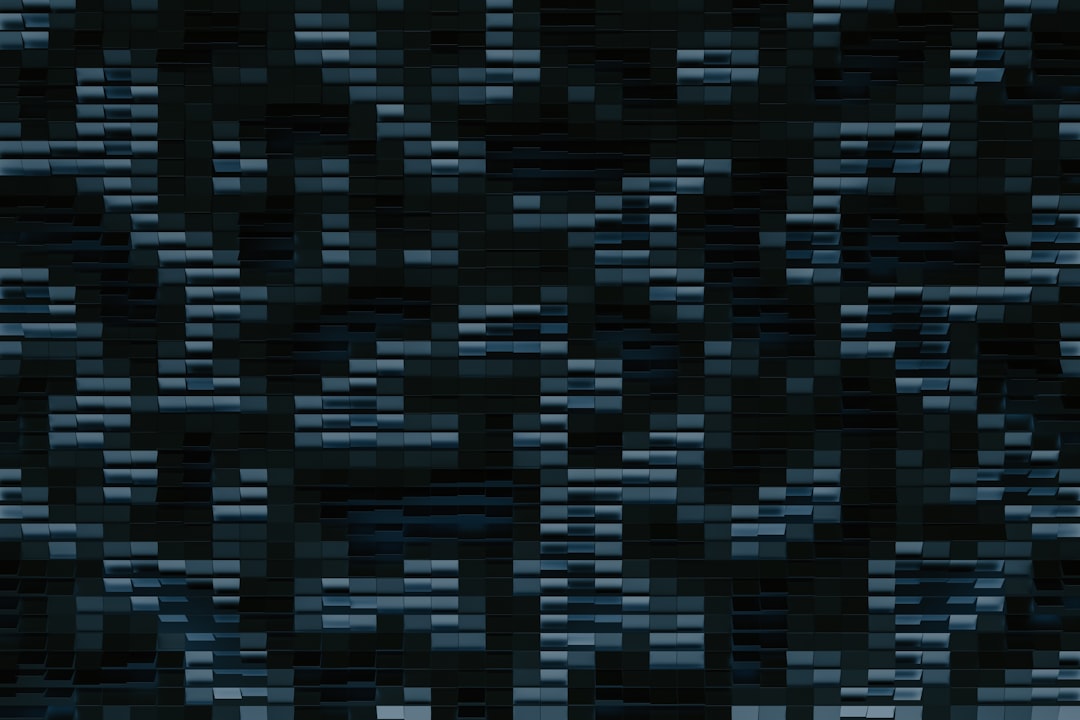When you think of Godzilla, the image of a towering, reptilian monster wreaking havoc on cities likely comes to mind. However, what truly brings this iconic creature to life is the innovative special effects that have evolved over the decades. From the early days of practical effects to the cutting-edge CGI of today, Godzilla’s special effects have not only defined the character but have also influenced the entire genre of monster movies.
As you delve into the history of Godzilla’s special effects, you’ll discover a fascinating journey that mirrors advancements in technology and creativity in filmmaking. The evolution of Godzilla’s special effects is a testament to human ingenuity and the relentless pursuit of realism in cinema. Each era of Godzilla films reflects the technological capabilities of its time, showcasing how filmmakers have pushed boundaries to create a more immersive experience for audiences.
As you explore this journey, you’ll see how the techniques used to portray Godzilla have transformed, yet the essence of the character remains intact, captivating generations of fans around the world.
Key Takeaways
- Godzilla’s special effects have evolved significantly over the years, from suitmation and miniature sets to CGI and advanced technology.
- The early years of Godzilla’s special effects relied on suitmation, where actors wore monster suits, and miniature sets to create the illusion of giant monsters and destruction.
- Advancements in visual effects technology have allowed for the transition from suitmation to CGI, providing more realistic and dynamic monster battles and destruction scenes.
- The Heisei era of Godzilla films saw a combination of suitmation and animatronics, as well as the use of CGI for certain scenes, showcasing a blend of traditional and modern special effects techniques.
- The Millennium era of Godzilla films continued to utilize CGI and advanced technology to create more dynamic and visually stunning monster battles and destruction scenes.
Early Years: Godzilla’s Suitmation and Miniature Sets
In the original 1954 film “Godzilla,” known as “Gojira” in Japan, the special effects were groundbreaking for their time. The technique known as “suitmation” was employed, where an actor donned a heavy rubber suit to portray the monster. This method allowed for a tangible presence on screen, giving Godzilla a physicality that resonated with audiences.
You can imagine the challenges faced by actor Haruo Nakajima, who spent hours in the suit, navigating through miniature sets designed to replicate urban landscapes. The combination of suitmation and meticulously crafted miniature models created a sense of scale that was both impressive and terrifying. The use of miniature sets was equally crucial in establishing Godzilla’s destructive power.
Filmmakers constructed detailed replicas of buildings and cities, allowing Godzilla to stomp through them with a sense of realism that captivated viewers. The careful choreography of destruction, combined with practical effects like smoke and pyrotechnics, created a visceral experience that drew audiences into the chaos. As you reflect on these early years, it’s clear that the ingenuity behind these techniques laid the groundwork for future advancements in special effects.
Advancements in Visual Effects: From Suitmation to CGI

As technology progressed, so did the methods used to bring Godzilla to life. The transition from suitmation to computer-generated imagery (CGI) marked a significant turning point in the portrayal of the iconic monster. While suitmation provided a unique charm and physicality, CGI opened up new possibilities for creativity and realism.
You can see this shift in films like “Godzilla 2000,” where digital effects were integrated with traditional techniques to create a more dynamic and visually stunning representation of Godzilla. The introduction of CGI allowed filmmakers to depict Godzilla in ways that were previously unimaginable. You can now witness breathtaking scenes where Godzilla battles other monsters with fluid movements and intricate details that enhance the overall experience.
The ability to manipulate lighting, textures, and environments digitally has given rise to a new era of visual storytelling. As you explore this evolution, you’ll appreciate how CGI has not only expanded the visual possibilities but has also allowed for more complex narratives that delve deeper into Godzilla’s character and motivations.
Godzilla’s Special Effects in the Heisei Era
| Film | Year | Special Effects Director | Special Effects Techniques |
|---|---|---|---|
| The Return of Godzilla | 1984 | Teruyoshi Nakano | Miniatures, Suitmation, Animatronics |
| Godzilla vs. Biollante | 1989 | Koichi Kawakita | Miniatures, Suitmation, Pyrotechnics |
| Godzilla vs. King Ghidorah | 1991 | Koichi Kawakita | Miniatures, Suitmation, Wirework |
| Godzilla vs. Mothra | 1992 | Koichi Kawakita | Miniatures, Suitmation, Puppetry |
| Godzilla vs. Mechagodzilla II | 1993 | Koichi Kawakita | Miniatures, Suitmation, Stop-motion |
| Godzilla vs. SpaceGodzilla | 1994 | Koichi Kawakita | Miniatures, Suitmation, Optical Effects |
| Godzilla vs. Destoroyah | 1995 | Koichi Kawakita | Miniatures, Suitmation, Practical Effects |
The Heisei era, spanning from 1984 to 1995, marked a renaissance for Godzilla films, particularly in terms of special effects. During this period, filmmakers embraced both practical effects and advanced visual techniques to create a more polished and engaging experience. You can see this evolution in films like “Godzilla vs.
Biollante,” where intricate animatronics and puppetry were used alongside suitmation to bring new monsters to life. The attention to detail in these effects elevated the storytelling, allowing audiences to connect with both Godzilla and his adversaries on a deeper level. Moreover, the Heisei era introduced a more sophisticated approach to cinematography and visual storytelling.
The use of dynamic camera angles and innovative editing techniques enhanced the impact of Godzilla’s rampages. You can feel the tension build as the camera captures the destruction from various perspectives, immersing you in the chaos. This era not only showcased advancements in special effects but also demonstrated how these techniques could be harnessed to create compelling narratives that resonate with viewers emotionally.
Godzilla’s Special Effects in the Millennium Era
The Millennium era, which began in 1999 and continued into the 2000s, brought about another shift in Godzilla’s special effects landscape. With each new film, filmmakers experimented with different styles and approaches, resulting in a diverse range of visual experiences. You can observe how “Godzilla 2000” redefined the character with a modern aesthetic while still paying homage to its roots.
The blend of practical effects and CGI became more seamless during this time, allowing for breathtaking sequences that showcased Godzilla’s power and ferocity. One notable aspect of this era was the emphasis on creating unique designs for both Godzilla and his foes. Each film introduced new monsters with distinct characteristics, requiring innovative special effects techniques to bring them to life convincingly.
You can appreciate how filmmakers pushed their creative boundaries, utilizing a combination of animatronics, puppetry, and digital effects to craft memorable battles that captivated audiences. This era solidified Godzilla’s status as a cultural icon while showcasing the versatility of special effects in storytelling.
The Influence of Technology on Godzilla’s Special Effects

As technology continues to advance at an unprecedented pace, its influence on Godzilla’s special effects cannot be overstated. The integration of high-definition cameras, motion capture technology, and sophisticated rendering software has transformed how filmmakers approach visual storytelling. You can see this evolution reflected in recent films like “Shin Godzilla,” where cutting-edge techniques were employed to create a fresh interpretation of the monster while maintaining its core essence.
Moreover, advancements in virtual reality (VR) and augmented reality (AR) are beginning to shape how audiences experience Godzilla’s world. Imagine being able to step into a virtual environment where you can witness Godzilla’s rampage from different angles or even interact with the monster itself. As you consider these possibilities, it’s clear that technology will continue to play a pivotal role in shaping the future of Godzilla’s special effects and expanding the ways audiences engage with this beloved character.
The Future of Godzilla’s Special Effects
Looking ahead, the future of Godzilla’s special effects is filled with exciting possibilities. As filmmakers continue to explore new technologies and techniques, you can anticipate even more immersive experiences that push the boundaries of visual storytelling.
Additionally, as global audiences become more diverse, there may be opportunities for filmmakers to experiment with different cultural interpretations of Godzilla through innovative special effects techniques. You can envision a future where Godzilla transcends borders, adapting to various storytelling styles while retaining its iconic status. This evolution will not only honor the legacy of Godzilla but also ensure its relevance in an ever-changing cinematic landscape.
The Legacy of Godzilla’s Special Effects
As you reflect on the legacy of Godzilla’s special effects, it’s evident that they have played an integral role in shaping not only the character but also the entire genre of monster films. From humble beginnings with suitmation and miniature sets to the sophisticated CGI of today, each era has contributed to a rich tapestry of creativity and innovation. The journey of Godzilla’s special effects mirrors advancements in technology and artistry, showcasing how filmmakers have continually pushed boundaries to create unforgettable cinematic experiences.
Ultimately, Godzilla’s special effects are more than just technical achievements; they are a testament to human imagination and resilience. As you look forward to future iterations of this beloved monster, remember that each roar and rampage is underpinned by decades of creativity and passion from countless artists and technicians. The legacy of Godzilla will undoubtedly continue to inspire future generations as they explore new frontiers in filmmaking and storytelling.
The evolution of special effects in Godzilla films has been a fascinating journey, with each new installment pushing the boundaries of what is possible on screen. One article that delves into the intricacies of creating the iconic monster is It’s a must-read for any fan looking to gain a deeper understanding of the artistry behind the creation of Godzilla. Special effects in Godzilla films refer to the use of techniques and technologies to create visual and practical effects that bring the iconic monster to life on the big screen. These effects can include CGI, animatronics, miniatures, and other visual tricks. Special effects in Godzilla films have evolved significantly since the franchise’s inception in 1954. Early films relied heavily on practical effects such as rubber suits and miniature sets, while modern films incorporate advanced CGI and motion capture technology to create more realistic and dynamic visuals. The advancements in special effects have allowed the Godzilla franchise to create more visually stunning and immersive films. The use of CGI and other modern techniques has enabled filmmakers to depict more elaborate and realistic monster battles and destruction scenes. Notable examples of special effects in Godzilla films include the use of suitmation in the early Showa era films, the introduction of animatronics in the Heisei era, and the use of cutting-edge CGI in the Millennium and Legendary Pictures era films. The evolution of special effects has played a significant role in the overall success of Godzilla films. The ability to create more convincing and visually impressive monster battles has helped to keep the franchise relevant and appealing to new generations of audiences.FAQs
What are special effects in Godzilla films?
How have special effects in Godzilla films evolved over time?
What impact have these advancements had on the Godzilla franchise?
What are some notable examples of special effects in Godzilla films?
How have special effects impacted the overall success of Godzilla films?
